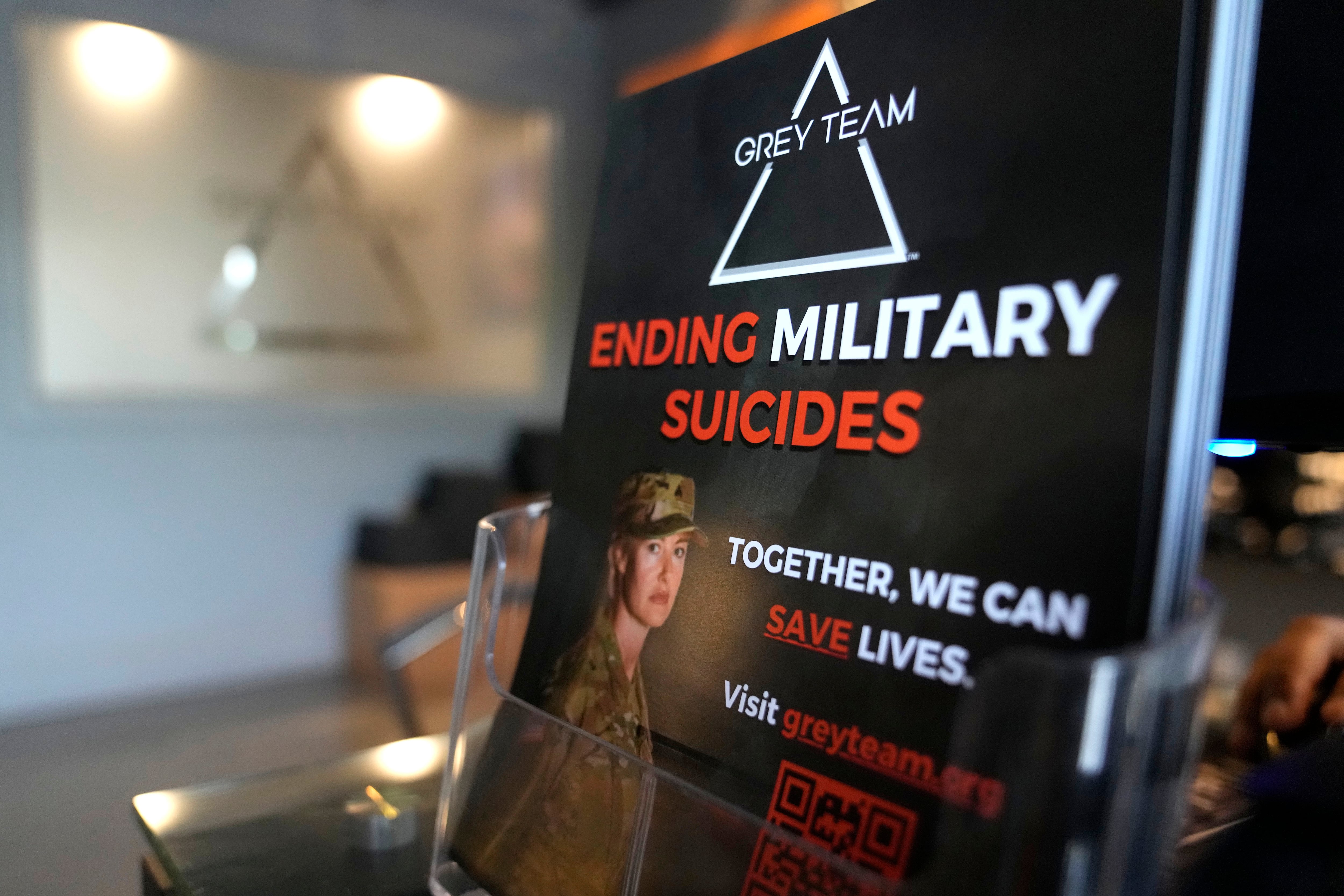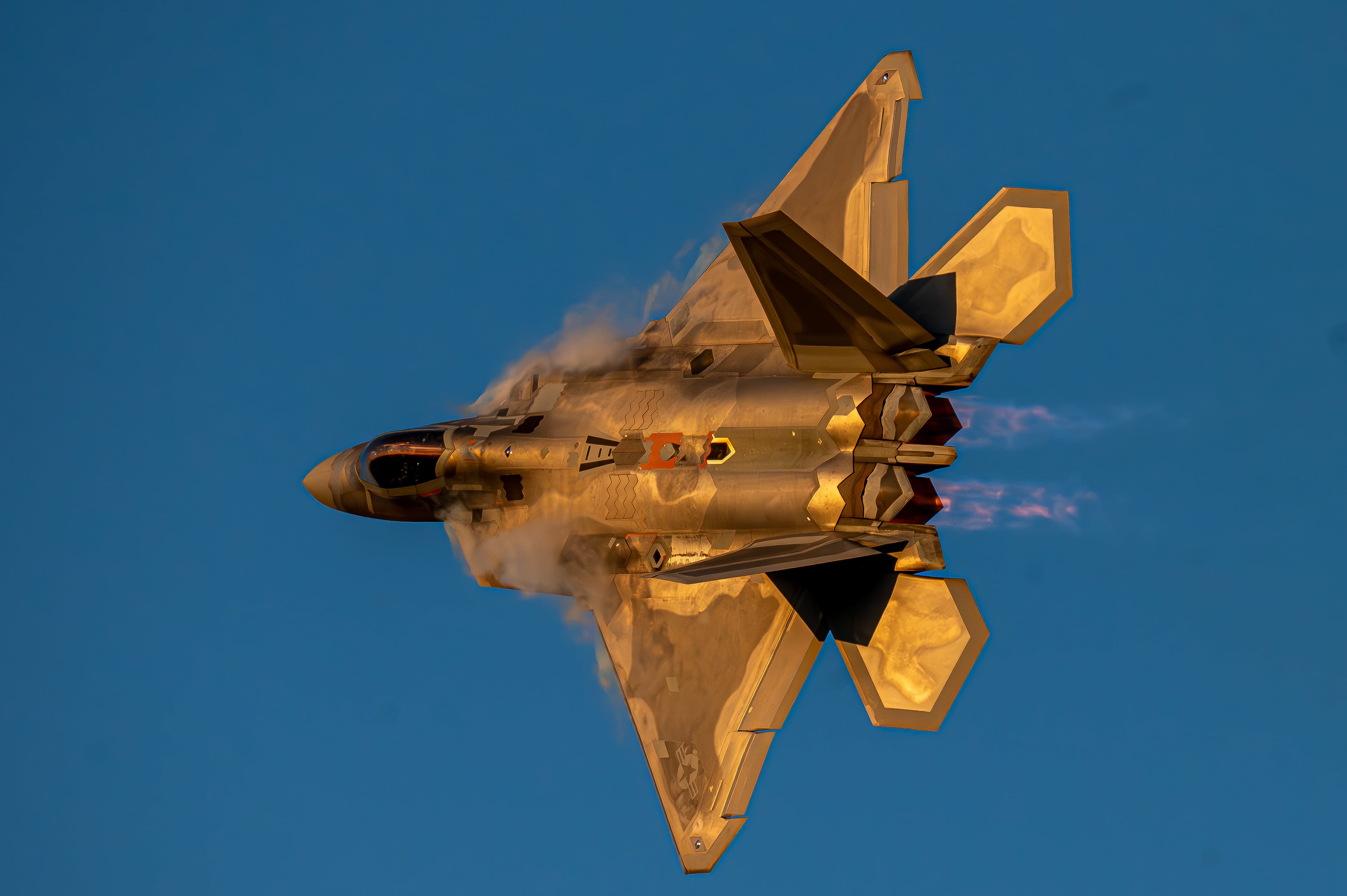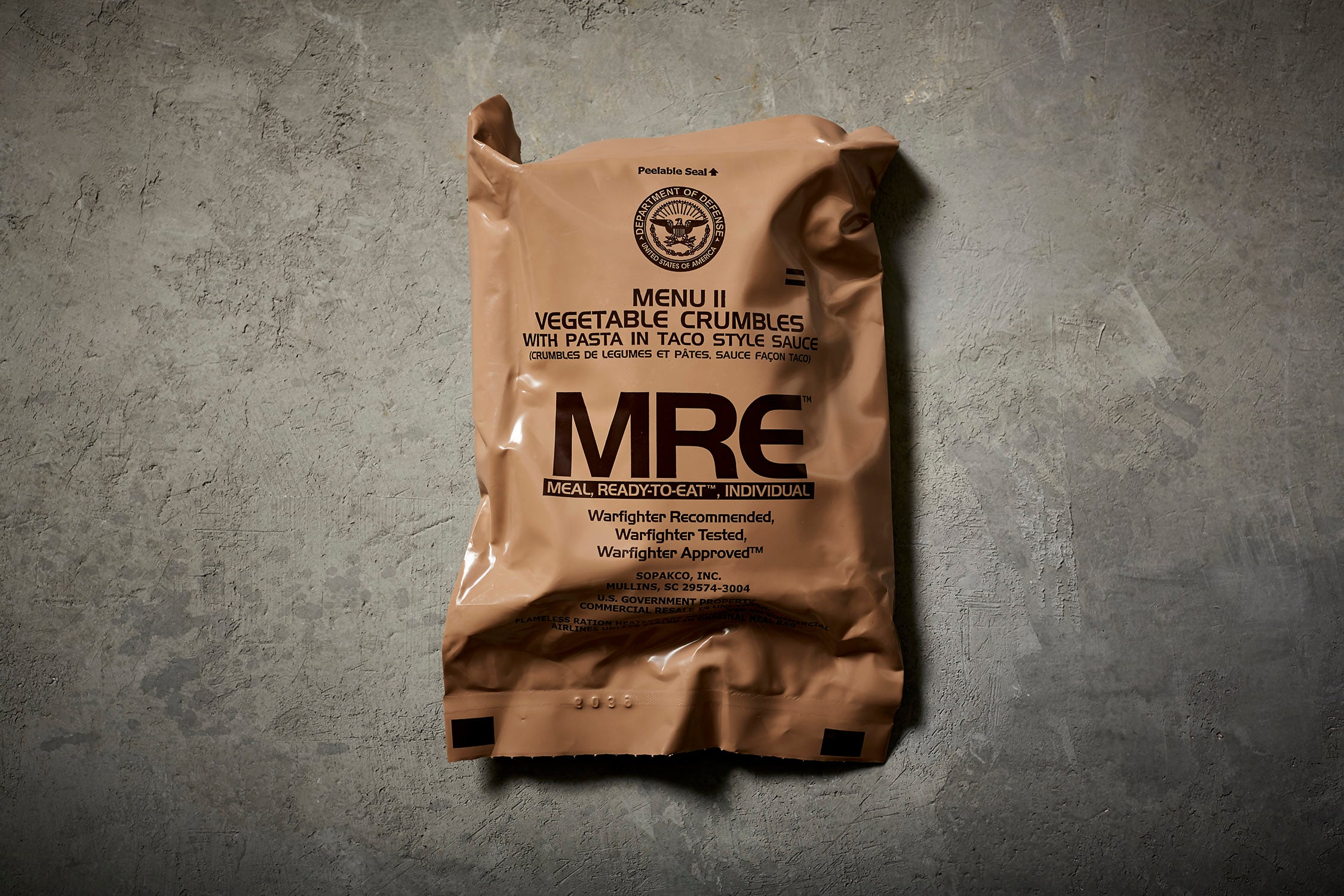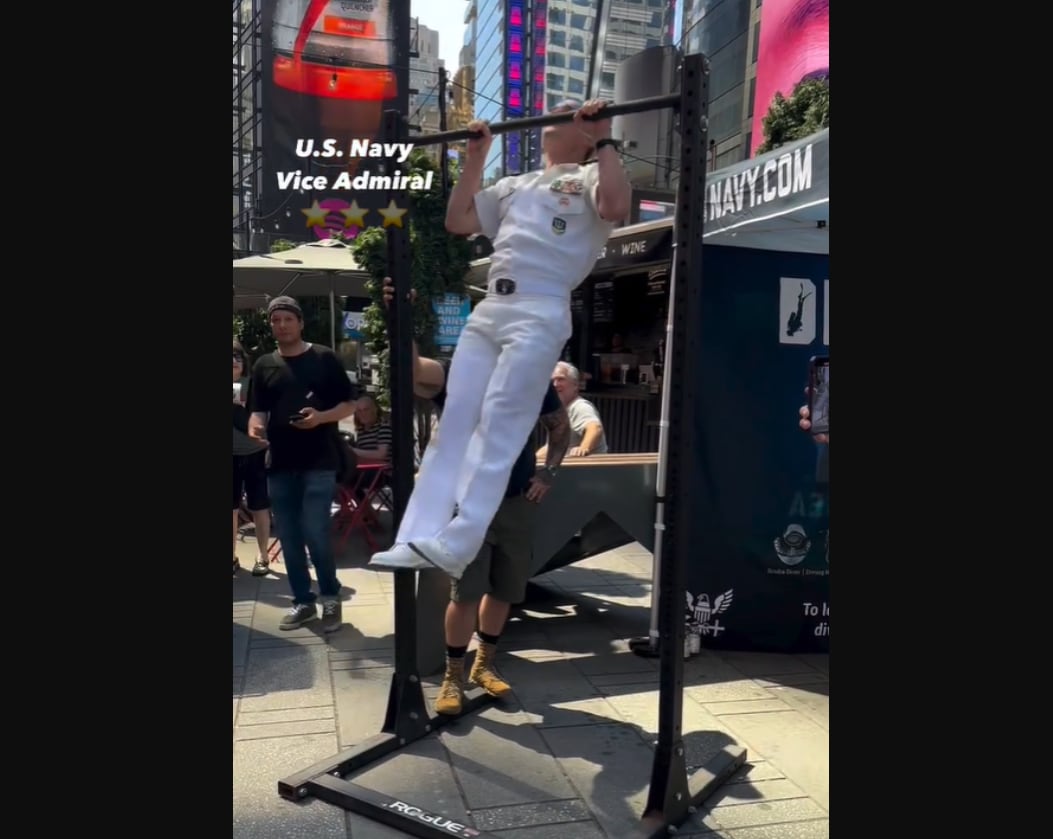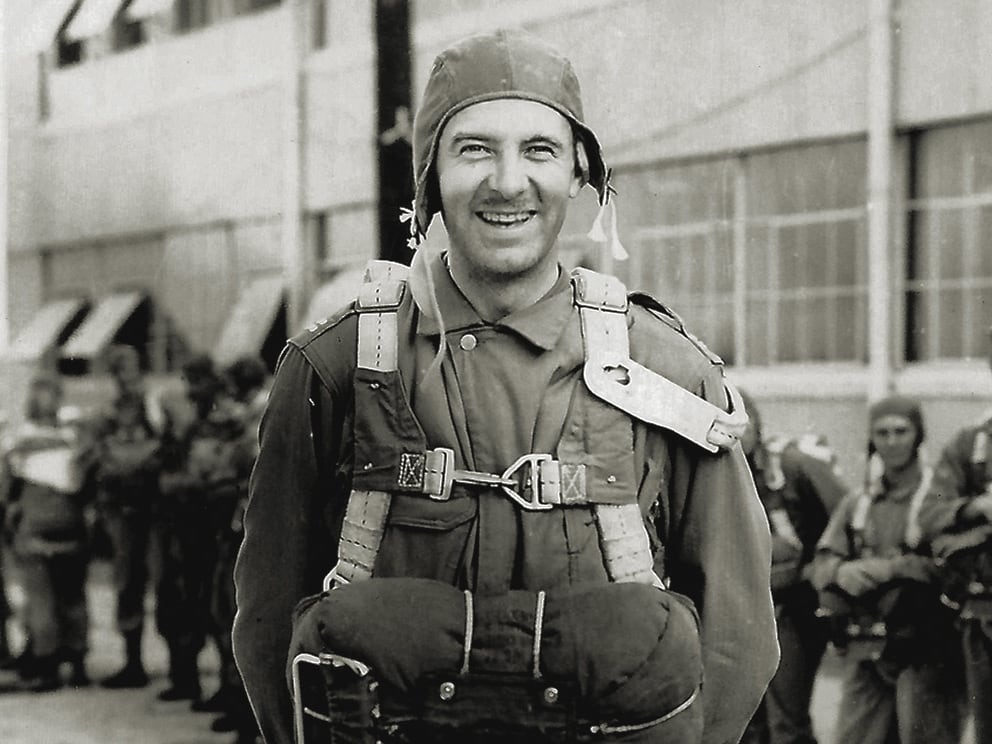SAN DIEGO — William Fentress was just a teenager when he sailed off to Midway as a Navy cook.
At a private screening Thursday for the movie based on the battle he saw with his own eyes — we’ll get to how bad the movie was in a second — the 94-year-old quietly recounted his experience aboard the USS Yorktown (CV-5) and the months leading up to that pivotal engagement.
“We got to Hawaii after the Battle of Coral Sea and were supposed to have at least 30 days to patch up the ship," Fentress told Military Times.
But the Navy couldn’t spare 30 days, and ordered the aircraft carrier to be ready to depart for Midway after only 72 hours of repairs.

“We were all mad,” Fentress laughed. “We thought we were going to get to stay in Hawaii.”
When seemingly endless waves of low-flying Japanese fighter planes approached Yorktown on June 4, 1942, all the Tennessee native could do was hold on tight and watch. Fentress and the others braced for impact before torpedoes pounded the already-wounded carrier, shaking it like a rag doll and sending men scurrying into the ocean.
“I couldn’t swim a lick,” he said. “You know, Tennessee got nothing but creeks anyway. ... When I hit the water, I don’t know what I was thinking, to tell you the truth. I was just trying to move up and down. But when I hit that water, I suddenly learned how to swim.
“I don’t know how I did it, but I did.”
The crippled Yorktown listed to one side “like a car turned over,” Fentress recalled seeing from the water. It would eventually succumb to its damage on June 7, turning onto its portside before rolling upside-down and sinking.
And while Fentress, with the help of the Yorktown’s commanding officer, Capt. Elliott Buckmaster, would board an adjacent destroyer and live to fight another day, the vet who has already endured so much was not spared Thursday from having to witness the battle’s retelling in one of worst war films since Michael “The Explosion” Bay’s “Pearl Harbor.”
Spoilers ahead!
Spoilers, in this case, simply do not matter. If you shell out your hard-earned money to see this film, you are spoiling your own life and ruining the joy of those in your company.
Use the 2 hours, 18 minutes to instead do something more enjoyable, like repeatedly smashing your face into a wall.
FILM STRUCTURE
For starters, there was none.
It is an experience best compared to a sudden midlife development of Attention-deficit/hyperactivity disorder.
First, we’re in a 1930s duck-hunting flashback, then we’re at the attack of Pearl Harbor, then a bar toasting the fallen, then onboard the USS Enterprise (CV-6), then in Washington, then Japan again, then in a jazz club, then a war game onboard a Japanese carrier, then the Doolittle Raid, then the Marshall Islands, and on and on.
RELATED
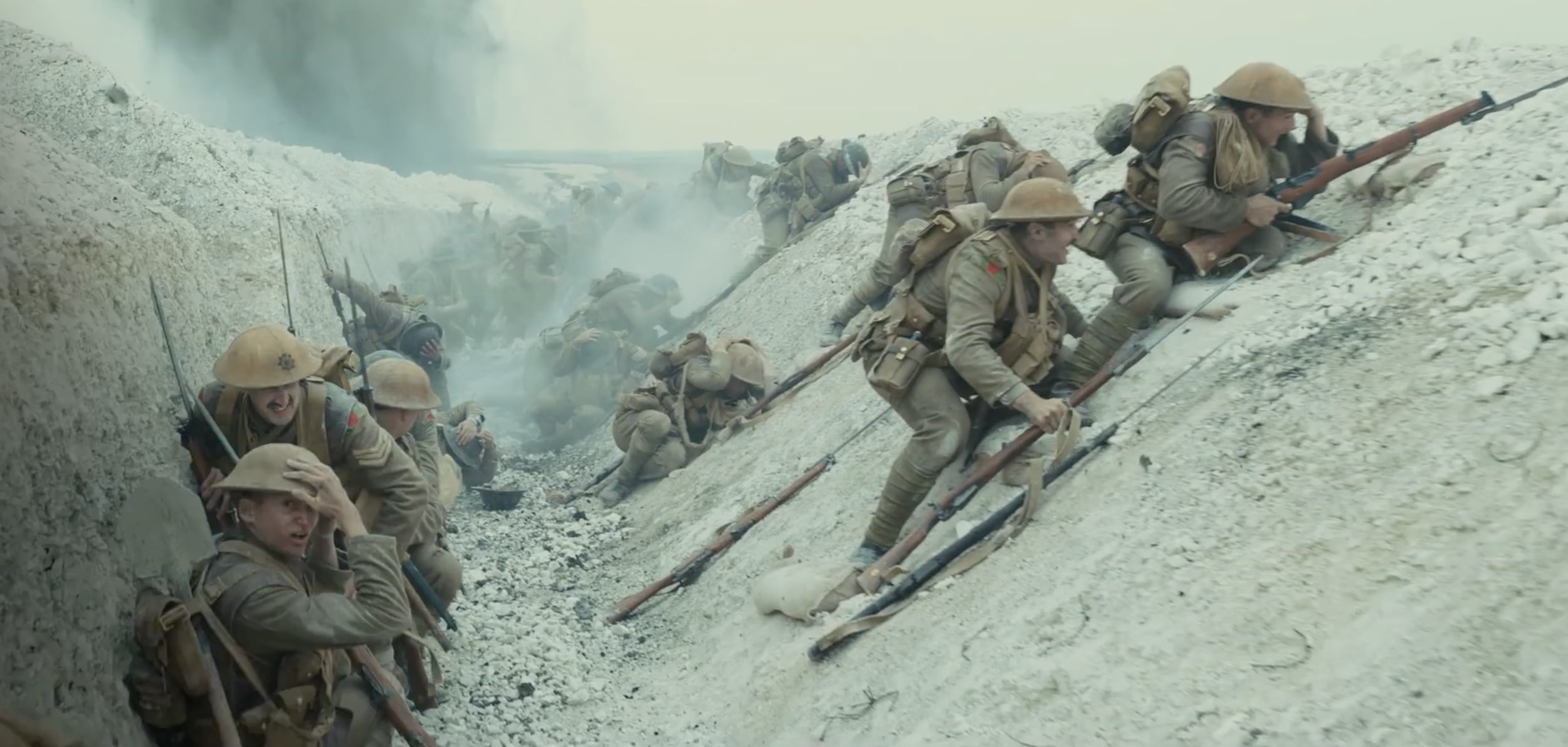
Most Americans would argue that Midway certainly needs no full chronological build-up and could live as a film on its own, but director Roland Emmerich (“Independence Day,” “Day After Tomorrow” — yeah, those) felt otherwise. Instead, viewers get a crash course on a series of monumental events in U.S. history that are confined to 10- or 15-minute on-screen segments.
Score: 0/10 Nimitz-es
DIALOGUE
Listening, painfully, to the dialogue of this film, I couldn’t help but imagine a movie production setting in which the crew is conferring with a chimpanzee who has just begun learning American Sign Language.
In this imaginative — or perhaps real life — scene, the crew asks for the chimpanzee’s input on the heroic Doolittle Raid, to which the chimp signs back, “Feed now. Me hurl poop.”
The elated crew high-fives, so proud of itself, and adds the chimp’s contribution to the script.
As such, the writing in “Midway” is astonishingly bad. Every character speaks only in a dialect of recruiting slogans, and for some reason, accents of sailors in the ranks of Emmerich’s Navy indicate an entire force that grew up as either rough and tough New Yorkers or yokels from the Bible Belt.
Here are some actual lines of dialogue from the movie:
- “Let me put a 500-lb bomb right down their god-damned smoke stack.” This would have been difficult given the placement of smoke stacks on some of Japan’s larger ships. The Japanese aircraft carrier Kaga’s smoke stack, for example, was located on the ship’s side.
- “He is ordering us to charge, like the Samurai, to save our honor.” Ah, yes, the necessary Samurai reference.
- “This is for Pearl!” yells Ed Skrein (as Dick Best), as he unsurprisingly flies through his own bomb’s explosion for dramatic effect.
- “We won.” The emotionless declaration of Woody Harrelson (as Adm. Chester Nimitz) was the final line of dialogue before the credits mercifully roll.
At one point, a pilot asks New Yorker Nick Jonas why he never appears scared. The Jonas brother tells him that we’re all going to die when we don’t expect it, so what’s the use in worrying? The pilot then unexpectedly drives his plane off of the flight deck and straight into the ocean, at which point I began hoping a plane would unexpectedly fly through the screen and drop its payload on my theater seat.
During the bar scene, officers reminisce about a friend who fell victim during the attack at Pearl Harbor. Skrein, the English-born actor and rapper who also goes by the stage name, The Dinnerlady P.I.M.P., tells a terrible drinking story in a terrible New York accent that is intended to be terribly heartfelt. Instead, he stumbles through an anecdote that generates as much emotion as Derek Zoolander’s “eugoogly.”
Basking in the glow of his perceived public speaking success, Skrein tells the room that he and his friend often discussed growing old and telling lies about their heroic deeds during “the big war.”
The U.S. had not declared war until after his friend was killed. What war were they planning to tell stories about?
These minor details, however, matter not to Roland Emmerich, who, in “Day After Tomorrow,” had Dennis Quaid walk ... walk ... from Pennsylvania to New York City in a single day amidst an apocalyptic ice age.
All praise to the power-walking quad and calf muscle god, Dennis Quaid.
In the end, the best dialogue, by far, was generated by the Douglas SBD Dauntless dive bombers, which, being inanimate objects, had no lines.
Score: 0/10 Nimitz-es
SPECIAL EFFECTS / SOUND
This got off to a shaky start with the Pearl Harbor sequence.
Visuals and sound were so unconvincing that the sudden emergence of Optimus Prime from a Hawaiian volcano shouting, “USS Arizona, roll out!” would not have come as a surprise.
And after some people asked how it stacked up, I went back and — against any better judgement — watched the Pearl Harbor attack scene from the terrible 2001 film. Admittedly, 18 years of computer graphic improvements did not translate at all.
Select air-to-air combat or dive bombing sequences were mildly entertaining, but took unncecessarily long to build. The dive time from 2,000 meters until bomb release should not take what felt like an eternity.
After two-plus hours, a Japanese soldier catching a duck with a net in the 1930s flashback was the most convincing action sequence.
Score: 0.5/10 Nimitz-es
ACTING
Awful.
Score: 0/10 Nimitz-es
DETAIL, SHMETAIL
The most ordinary of details that could be researched via Wikipedia with a .23 second Google search proved to be too much of an ask for the production crew of a movie based on the battle that turned the tide of the entire war in the Pacific.
Just look at some of these post-movie “facts” that were shared on screen:
- Lt. Clarence Earle Dickinson, Jr. received three Navy Crosses, “the Navy’s highest award for combat." It takes nothing to discover this is incorrect.
- For bombing two carriers in one day, Dick Best “won” a Navy Cross. Won?
Finally, the last on-screen wording says, "This film is dedicated to the Americans and Japanese who fought at Midway.”
The same fanatical Japanese military who killed over 40 percent of American prisoners of war or used prisoners for rifle and bayonet target practice? The same who massacred at least 20 million Chinese men, women and children? The same who committed systemic rape of Chinese girls and women using bats, bottles, or bayonets as tools of mutilation before carrying out executions? The same who, according to Ian Toll’s “Conquering Tide,” would have children form into a circle, toss in a live hand grenade and have them play with until it exploded? The same who, when hungry, actually stripped muscle from living humans to eat? The same who used Chinese civilians for testing diseases and pathogens for biological warfare?
Even in the movie, Japanese officers take an American POW, tie rope around his hands that has an anchor attached to the other end, and toss the heavy weight into the Pacific Ocean.
But sure, Roland.
VERDICT
This film was physically upsetting and is capable of ruining anyone’s weekend.
Stay away from it and abstain from the mental strife.
Save your money for Sam Mendes’ World War I film, “1917,” which is set for a limited Christmas Day release before hitting theaters nationwide on Jan. 10, 2020.
Jon Simkins is the executive editor for Military Times and Defense News, and a Marine Corps veteran of the Iraq War.
Tags:
midway moviemidway movie reviewbattle of midway moviebattle of midwaynimitz midwayspruance midwayyorktown midwayenterprise midwaybiggest naval battleswwii navy battlesIn Other News


